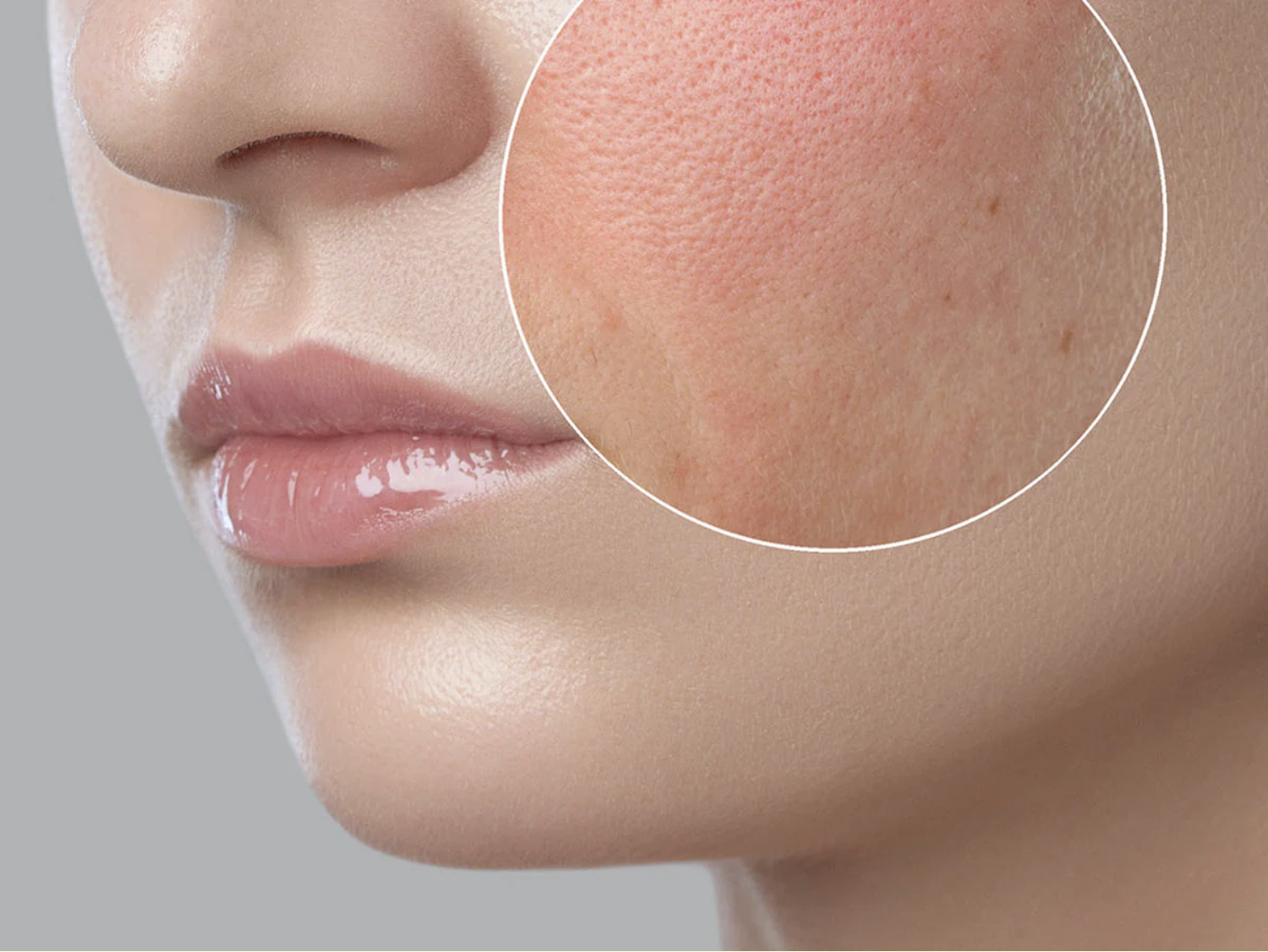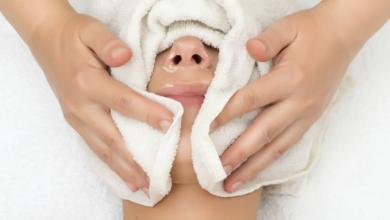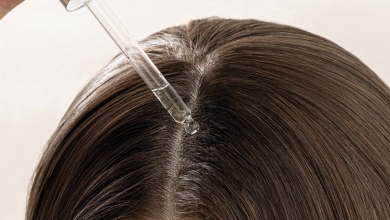Dry vs. Dehydrated Skin: Understanding the Key Differences

If you’ve ever visited an esthetician, you’re probably familiar with the terms “dry” and “dehydrated” skin. Though they might sound similar, these skin conditions are distinct and require different care strategies. Here, we’ll explore the nuances between dry and dehydrated skin, helping you identify which one you might have and how to effectively treat it.
Understanding Dry vs. Dehydrated Skin
- Essential Balance of Moisture and Hydration
Healthy skin relies on a delicate balance between moisture (oil) and hydration (water). This balance is crucial for everyone, whether you’re a teenager with acne-prone skin or someone with mature, dry skin.
- Role of the Epidermis
The epidermis, or the outermost layer of skin, plays a pivotal role in maintaining skin hydration through complex processes that manage water retention and loss.
- Oiliness vs. Dryness
Oily skin is characterized by an overproduction of oil, whereas dry skin lacks sufficient natural oil production. These conditions are mutually exclusive—meaning you can have oily and dehydrated skin, but not oily and dry skin.
- Hydration Beyond Drinking Water
While staying hydrated is important for overall health, hydrating your skin from the outside is often more effective than merely drinking water.
- Sensitivity in Dry or Dehydrated Skin
Both dry and dehydrated skin can lead to increased sensitivity due to a compromised moisture barrier, allowing irritants easier access and moisture to escape more readily.
- Oil’s Role in Hydration Retention
Just like leather needs conditioning to stay pliable, dry skin that lacks oil doesn’t retain water well, leading to increased dryness unless properly moisturized.
- Importance of Lipids
Whether naturally produced by your skin or applied topically, oils are crucial for sealing water into the skin to maintain proper hydration.
- Caring for Dehydrated Skin
Dehydrated skin, which lacks water but not necessarily oil, benefits from gentle, hydrating products that don’t strip the skin of its natural oils.
- Managing Oily, Blemish-Prone Skin
For oily skin, the aim is to reduce oil production without overly drying the skin, which can lead to increased oil production and more breakouts.
- Choosing the Right Moisturizer
Selecting a moisturizer that matches your skin’s needs is vital. Oily skin benefits from lightweight formulas rich in humectants, while dry skin needs richer creams that provide more oil-based emollients.
Dry Skin Explained
Dry skin, or alipidic skin, doesn’t produce much natural oil, leading to tightness and potential flakiness. It benefits from products that exfoliate dry cells and deeply moisturize to protect the skin from water loss.
Addressing Dehydrated Skin
Dehydrated skin lacks water but isn’t necessarily low on oil, often resulting from environmental factors or using harsh skincare products. It requires a routine that includes using gentle, hydrating products and avoiding harsh exfoliants that can strip the skin of moisture.
In Conclusion
Recognizing whether your skin is dry or dehydrated is the first step towards treating it correctly. Remember, the skin’s needs can change over time, so it’s important to continually assess and adjust your skincare routine to maintain that essential balance of oil and water for healthy, glowing skin.



